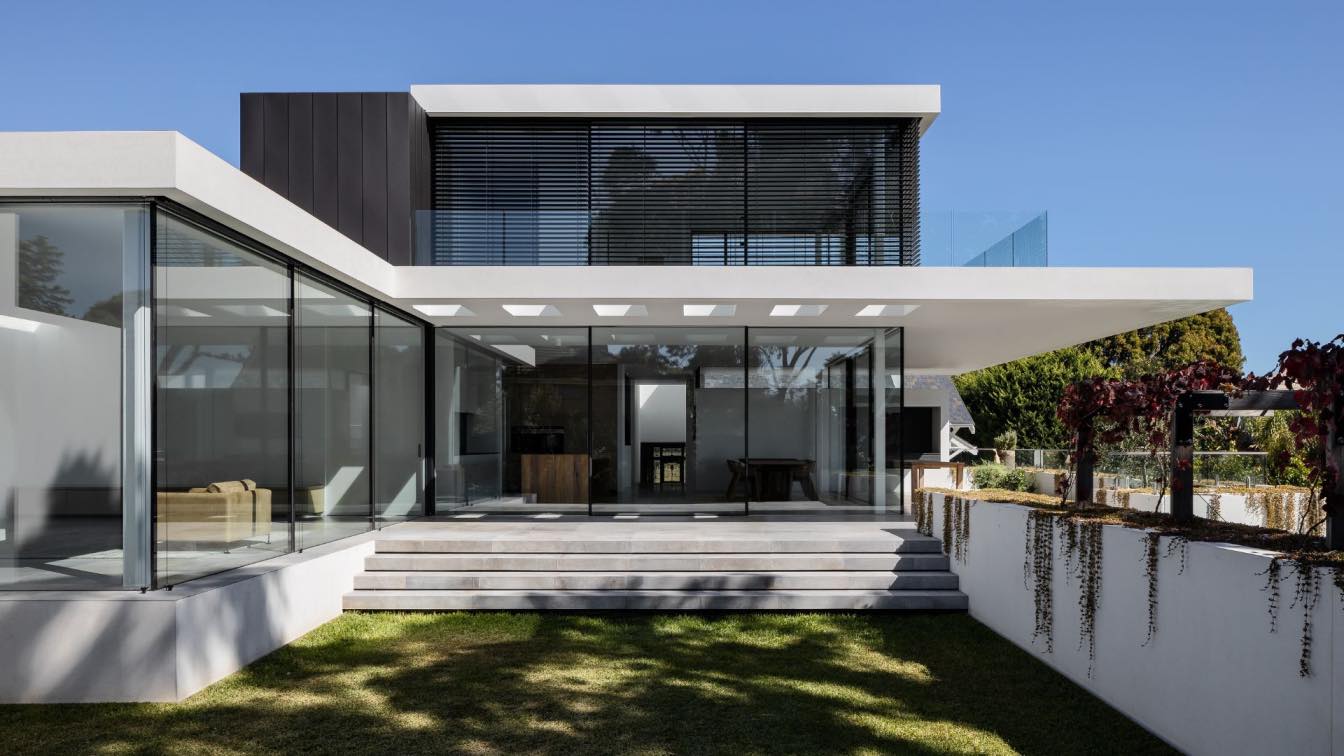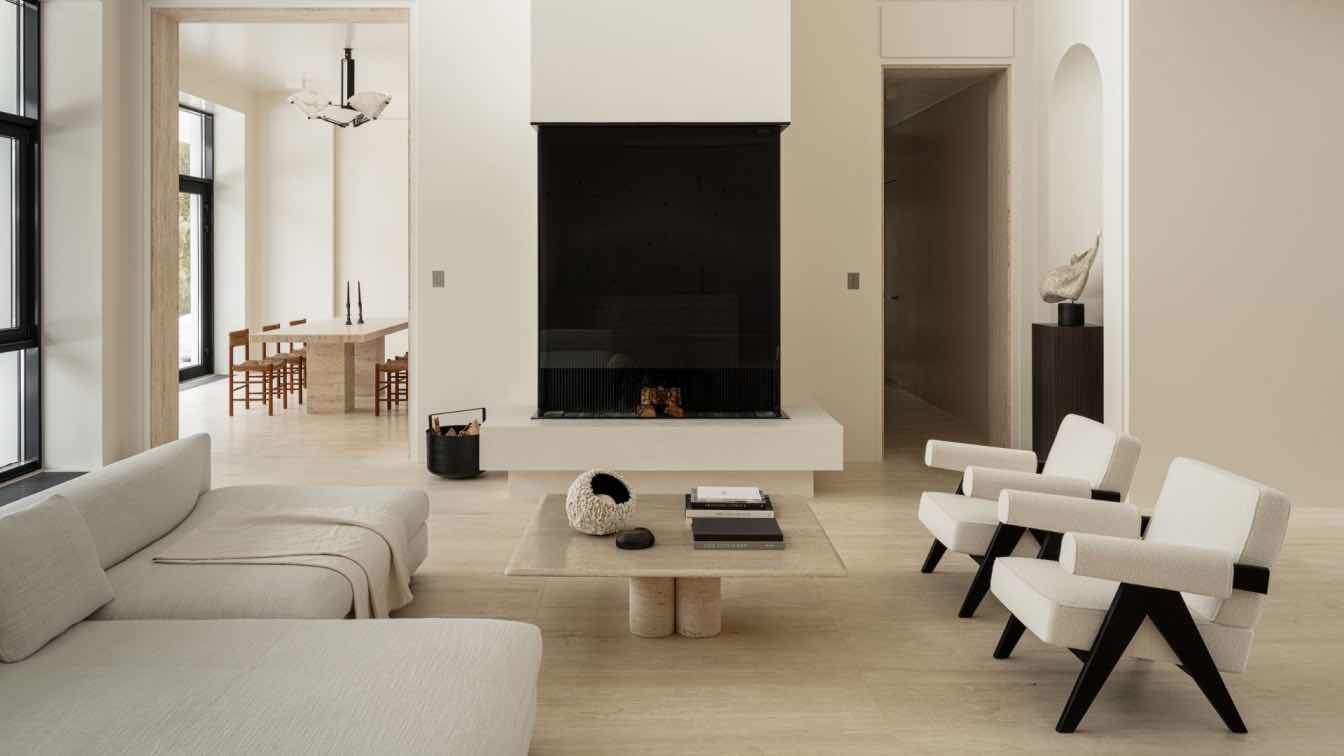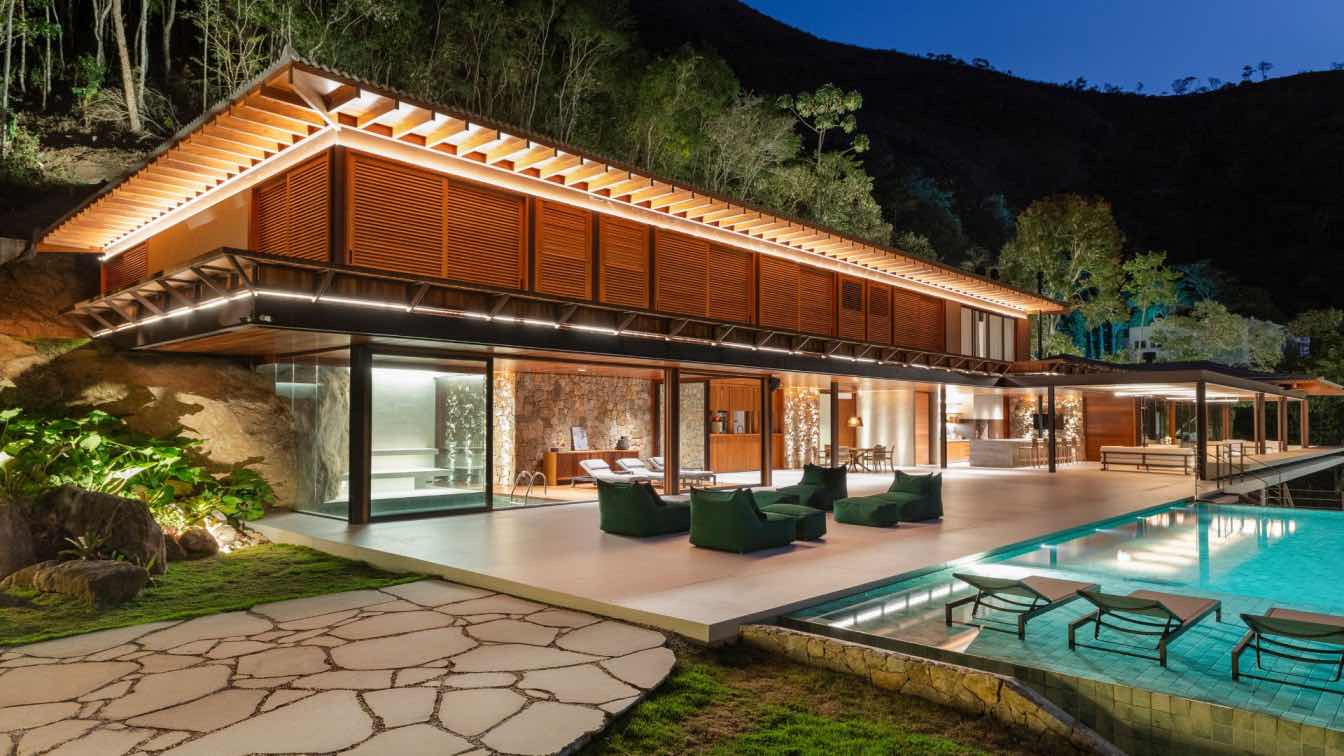The client originally bought the property with a view to demolishing the original weatherboard Edwardian, however post purchase the house was then the Heritage listed, meaning we were compelled to retain the facade. The brief then changed to how can we create a contemporary light filled family home that would accommodate a family of 5 and cater entertaining, whilst retaining the front portion of the house and seamlessly integrating a contemporary addition to the rear.
The most fulfilling part of the design is how well the new contemporary addition seamlessly integrates with the existing heritage form. The addition has a strength in the simple concrete forms and large elements of transparency. The concrete forms are white to reflect the existing weatherboards while adding an element of strength and sharpness to the structure, this is in contrast to softness of timber weatherboards. The bold concrete forms provide a sense of strength, not only the design but in the life of the dwelling.
Design Challenges:
One of the design challenges related to meeting the expectations of the clients with regards to integrating a contemporary space with the existing heritage charm of the Edwardian weatherboard. Having come from a large newly built home previously designed by Architecture Works, the clients were keen to integrate a similar modern concrete and glass form that they had become accustomed to in the design of the extension of this heritage home. This of course had to be done within the constraints of Heritage guidelines.

The existing compartmented floor plan of the home had to be re-worked to reflect the typical openness of modern living, while still providing a balance between private and social zones. Flowing from the retained original front section of the home is a bold contemporary form.
It is predominantly comprised of large expanses of floor to ceiling glass and bold white rendered forms strategically concealed behind the existing heritage part of the home. The house extends over 3 levels and is connected by a central helical stair rising up from the basement to the master bedroom on the First Floor.
Another major design challenge was to elevate the rear addition to enable views of the bay to the West. This inherently creates the issue of dealing with the harsh West setting sun. Our response was to send out 3.5m long over-sailing rooves that provide shelter to the internal spaces while creating an intimate outdoor living area. We also integrated external motorized venetian blinds to allow the owners to control the amount of light and privacy.























